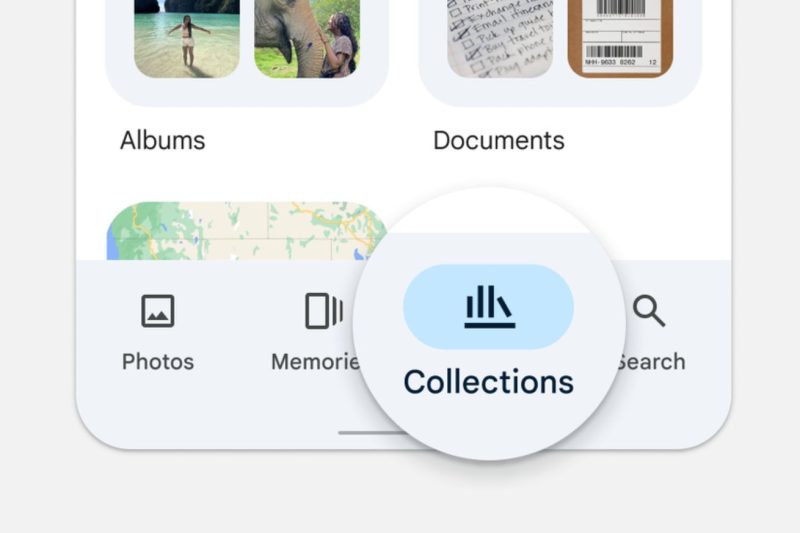The recent announcement made by Google regarding the end of unlimited free storage for Google Photos has left many users scrambling to find alternatives. The move, which comes with the introduction of a new feature called ‘Collections,’ marks a significant shift in the way users will manage their digital memories going forward.
Collections is essentially a new way of organizing photos, making it easier for users to curate and share their most precious moments. This feature groups similar photos together based on various factors such as location, date, or even people present in the images. Users can then easily create albums from these curated photo sets, thus streamlining the process of organizing and sharing memories.
One of the most noteworthy changes that come with the introduction of Collections is the way users will now need to manage their storage space. With the end of free unlimited storage, users will have to be more mindful of the content they store on Google Photos and the impact it will have on their storage quota. This shift is a reminder of the importance of regularly cleaning and organizing digital clutter to make the most of limited storage space.
While the end of free unlimited storage may come as a disappointment to some users, it also presents an opportunity to rethink how we engage with our digital memories. The introduction of Collections encourages users to be more intentional in curating and organizing their photos, moving away from the mentality of storing everything indefinitely.
Moreover, the rise of alternative cloud storage services and photo management platforms offers users a chance to explore different options that align more closely with their needs and preferences. Whether it’s prioritizing privacy, security, or advanced editing features, users now have a range of choices to consider when deciding where to store and organize their digital memories.
In conclusion, the shift from unlimited free storage to the introduction of Collections marks a new chapter in the evolution of Google Photos and how users interact with their digital memories. While the change may require some adjustment, it also presents an opportunity for users to reevaluate their photo management habits and explore new ways of curating and sharing their most cherished moments. Ultimately, this shift underscores the importance of mindful curation and organization in the digital age, reminding us to treasure our memories while also being mindful of how we manage them in the digital space.

